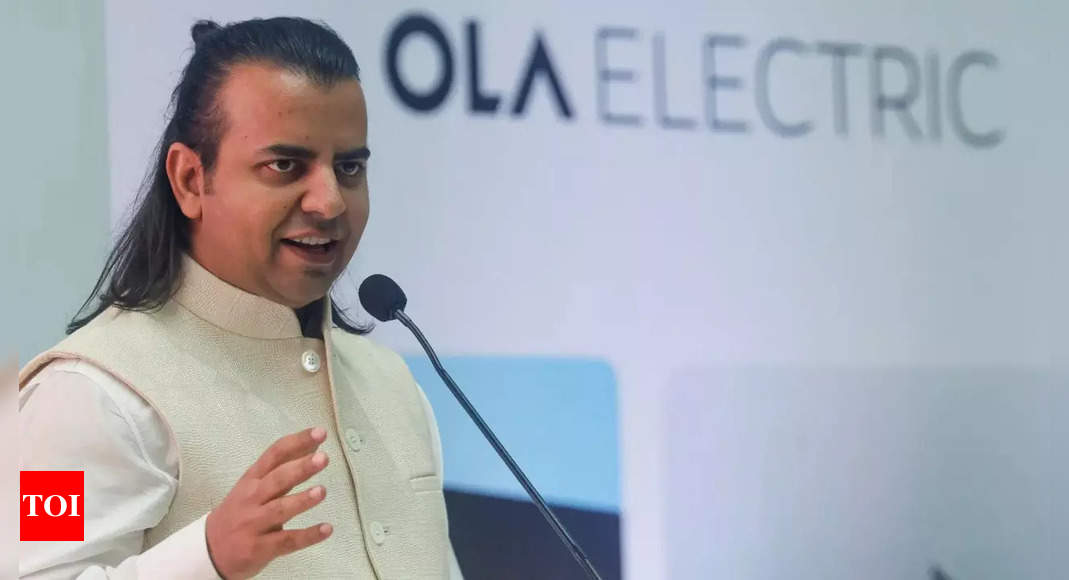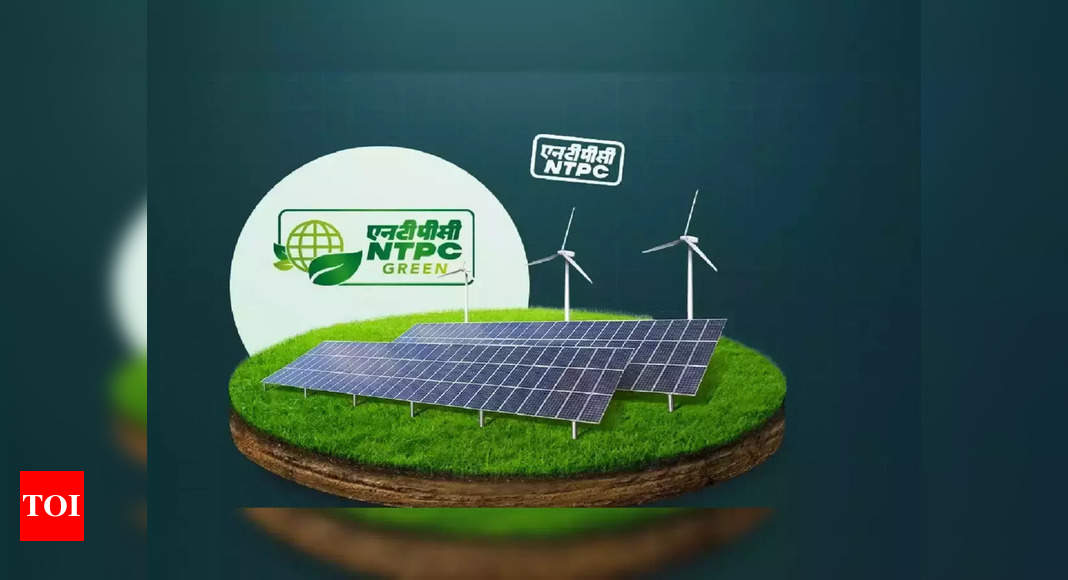
Ola Electric stock price: The shares of Ola Electric surprised investors on Tuesday by surging an additional 8% to reach a new high of Rs 157.53 on the Bombay Stock Exchange (BSE). Reports indicate that during Tuesday’s trading session, a significant transaction involving 2.3 crore shares, equivalent to 0.5% of the company’s equity and valued at Rs 352.9 crore, took place at an average price of Rs 151 per share.
The electric vehicle (EV) stock has seen a remarkable 107% increase from its initial public offering (IPO) price of Rs 76 in just seven trading sessions.According to an ET report, it is now trading at a valuation higher than that of Elon Musk‘s Tesla, which is listed on Wall Street!
Several long-term investors have pointed out that Ola, with a market capitalization of approximately Rs 66,000 crore as of this morning, is now more expensive than Tesla. While Tesla is currently trading at 6.8 times its current enterprise value to sales ratio (EV/sales), Ola is trading at 7.8 times.
In the June quarter, Ola Electric reported a 32% year-on-year increase in revenue, although the loss for the quarter widened to Rs 347 crore from Rs 267 crore in the corresponding quarter of the previous year. The company recently entered the electric motorcycle segment with the launch of Roadster, Roadster X, and Roadster Pro. Additionally, Ola Electric announced plans to integrate its cells into its vehicles starting from Q1 FY26.
HSBC became the first brokerage to initiate coverage on Ola Electric’s stock, setting a target price of Rs 140. Analysts suggest that new investors should wait for a more stable entry point or consider the stock as a long-term investment with a high risk-reward ratio. HSBC’s valuation of Ola Electric is based on a DCF methodology, using a WACC of 10.0% and a long-term growth rate of 7.5%.
“We use a DCF methodology to value Ola Electric. We use a WACC of 10.0% and a long-term growth rate of 7.5%. Our target price implies FY28e price/sales of 2.9x and an EV/EBITDA of 39x. We also provide a sensitivity matrix to gauge the sensitivity of Ola’s valuation to different parameters. On ESG, Ola’s Future factory is all women with capacity for 20,000 employees,” said HSBC’s Yogesh Aggarwal.
Saji John, a Senior Research analyst at Geojit Financial Services, cautioned, “While the long-term potential of Ola Electric, especially given the EV market’s favorable outlook, might be appealing, the current valuation appears to be quite speculative. Investors should be cautious, especially given the company’s ongoing losses and the high volatility in its stock price.”
Andrew Holland, a veteran investor from Avendus Capital, admitted that the rapid rally has left him puzzled as to whether Ola’s IPO was underpriced. He was quoted as saying, “I am really not sure what has driven this share price so high, to be honest and I do not know what has changed or what could have changed since the listing and prior to the listing that would have this.”
HSBC’s investment thesis for Ola Electric relies on four key factors: the EV penetration curve in India, Ola’s market share and competitive intensity, regulatory evolution and government support, and the success or failure of Ola’s battery manufacturing unit. The brokerage believes that in the near term (12-24 months), regulatory support will remain intact, allowing Ola to maximize volumes and achieve better operating leverage, enabling the company to absorb a potential reduction in regulatory support.
The electric vehicle (EV) stock has seen a remarkable 107% increase from its initial public offering (IPO) price of Rs 76 in just seven trading sessions.According to an ET report, it is now trading at a valuation higher than that of Elon Musk‘s Tesla, which is listed on Wall Street!
Several long-term investors have pointed out that Ola, with a market capitalization of approximately Rs 66,000 crore as of this morning, is now more expensive than Tesla. While Tesla is currently trading at 6.8 times its current enterprise value to sales ratio (EV/sales), Ola is trading at 7.8 times.
In the June quarter, Ola Electric reported a 32% year-on-year increase in revenue, although the loss for the quarter widened to Rs 347 crore from Rs 267 crore in the corresponding quarter of the previous year. The company recently entered the electric motorcycle segment with the launch of Roadster, Roadster X, and Roadster Pro. Additionally, Ola Electric announced plans to integrate its cells into its vehicles starting from Q1 FY26.
HSBC became the first brokerage to initiate coverage on Ola Electric’s stock, setting a target price of Rs 140. Analysts suggest that new investors should wait for a more stable entry point or consider the stock as a long-term investment with a high risk-reward ratio. HSBC’s valuation of Ola Electric is based on a DCF methodology, using a WACC of 10.0% and a long-term growth rate of 7.5%.
“We use a DCF methodology to value Ola Electric. We use a WACC of 10.0% and a long-term growth rate of 7.5%. Our target price implies FY28e price/sales of 2.9x and an EV/EBITDA of 39x. We also provide a sensitivity matrix to gauge the sensitivity of Ola’s valuation to different parameters. On ESG, Ola’s Future factory is all women with capacity for 20,000 employees,” said HSBC’s Yogesh Aggarwal.
Saji John, a Senior Research analyst at Geojit Financial Services, cautioned, “While the long-term potential of Ola Electric, especially given the EV market’s favorable outlook, might be appealing, the current valuation appears to be quite speculative. Investors should be cautious, especially given the company’s ongoing losses and the high volatility in its stock price.”
Andrew Holland, a veteran investor from Avendus Capital, admitted that the rapid rally has left him puzzled as to whether Ola’s IPO was underpriced. He was quoted as saying, “I am really not sure what has driven this share price so high, to be honest and I do not know what has changed or what could have changed since the listing and prior to the listing that would have this.”
HSBC’s investment thesis for Ola Electric relies on four key factors: the EV penetration curve in India, Ola’s market share and competitive intensity, regulatory evolution and government support, and the success or failure of Ola’s battery manufacturing unit. The brokerage believes that in the near term (12-24 months), regulatory support will remain intact, allowing Ola to maximize volumes and achieve better operating leverage, enabling the company to absorb a potential reduction in regulatory support.








